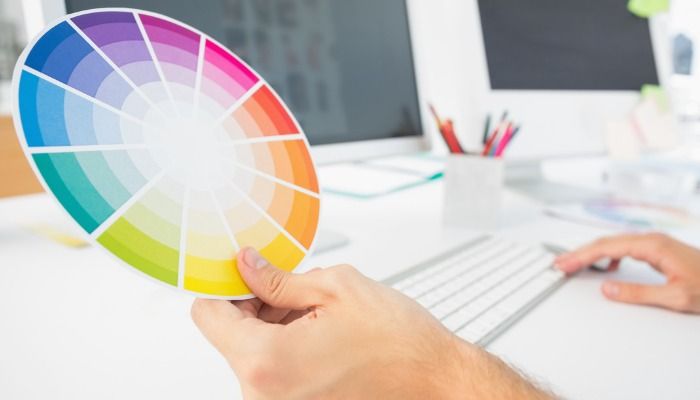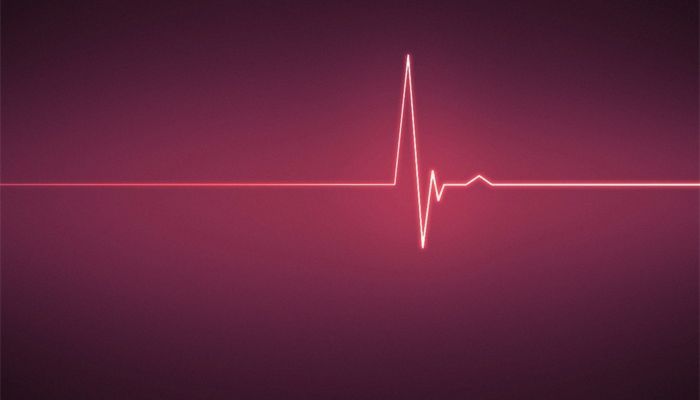Prioritising your logo
When you start a business, some jobs on your to-do list seem huge, and others seem pretty small. The marketing strategy is more important than the name, right? A financial plan is bigger than the contact page, surely?
Making creative logo designs is often one of those projects that get filed under “small stuff” and forgotten until the last minute. We’ve got news for you – the logo is actually a founding element of your brand strategy and deserves as much time and effort as some of the much bigger jobs on your list.
Why are creative logo designs so important?
The logo is the first contact a person has with your brand. It’s the thread that joins all the different aspects of your business together and imprints it in the mind of the people who matter – your clients and customers. It’s the first impression and a tiny, distilled version of your business, values, history, and brand. To get it wrong would be a disastrous first step on your road to success.
So how do you ensure your logo is creative and cool, representative and professional? You put some effort in, take help where you can get it, and learn a whole lot about psychology and design. Let us show you how!
Getting started with your logo design
Of all the difficult aspects of designing a creative logo, getting started isn’t the most challenging. A little bit of research will reveal a wealth of help, resources, and primers, most of them completely freely available to you.
Step 1 of creating a logo - brainstorming and drafting
Dive into Google and start doing some research into creative logo designs – we’ve made some suggestions below. Once you’ve done this preliminary work and have some ideas, you’ll be ready to continue designing the logo yourself or outsourcing it to a professional.
- Great logo ideas
- A practical guide to making logos
- Some help brainstorming a new logo
- Terrible logo mistakes
Add some meaning to the logo
Your logo will be a much better beast if there is a story or some meaning behind it. Sure, on the face of it a logo is purely aesthetic, but creative logo designs with a story adds context and depth to your brand, and will give customers something tangible to connect with. It can even help in the design process as you use the story or meaning to spark off new ideas about representing the concept visually.
The history behind your logo should be the first stop on your design journey. Bearing the story of your company, your aims, or your beginnings in mind will give you a fresh perspective when it comes to researching and brainstorming, and gives a common point of reference to everyone involved in the process. The story behind your brand is also a key aspect when it comes to creating a brand strategy, so it’s a good idea to have the brand story clear in your head – and everyone else’s – from an early point in the company journey.
Stay away from logo trends
When you’re researching and brainstorming creative logo designs, you’re going to come across a lot of trendy examples, but try hard to stay away from the most hackneyed examples. Very fashionable styles, fonts, and colors will date quickly and will leave your logo needing a re-do way before something more timeless. Stay away from anything cliched or overly cool and you should be able to keep your logo around for some time to come.
Test your logo ideas
Once you’ve narrowed down your creative logo designs to a few contenders on paper, it’s a really good idea to try and test them with various audiences. Obviously, people you work with who aren’t involved in the design process can be your first stop, but the real magic will happen when you get feedback from your target audience. They’re the people you want to create a relationship with, so it’s worth getting their views on what you’ve come up with.
There are various ways of doing this, from asking around family and friends to sending out individual emails or even asking in a newsletter or on social media. Expect a huge variety of replies and don’t take all of them too seriously – you might get some answers you don’t like. Even so, it’s essential that you keep a cool head and learn to know when feedback, however critical, is something that you need to take on board.
Step 2 of making creative logo designs - the design process
Make sure your company logo is flexible
It’s important to remember that when you’re being creative, you also need to ensure that you maintain functionality and flexibility. How so? Well, you may have designed the coolest logo ever, but in this digital age, it needs to look perfect on multiple platforms to be truly considered a success. This means that the design should be able to be modified in various ways without changing the essential essence of the logo. As a bare minimum, your logo should work for:
- A variety of channels (social media, website, blog, etc.)
- Name only
- Icon only
- Name and icon
- Various sizes
- Various resolutions
- Flat and curved
- Black and white
- Possibly animated?
Any good designer will automatically factor these variations in, but if you’re managing creative logo designs in-house, it’s something you’ll have to watch out for yourself. The digital age offers many and varied options for getting your brand out there – it’s your job to ensure it looks good no matter where it appears.
If you are a professional blogger or looking to start a blog, you need to have various things for your blog website. The logo is the most important of anything else. Your blog logo must be captivating and engaging since it will be the front substance of your blog. A unique logo won’t merely draw your readers’ thoughts but impact them to understand your creative writing. A blog logo could be perfect if it has the ability to show the factor of your creative thinking, uniqueness, and power of information delivery.
That’s why you can’t afford to let any stone unturned while making a logo for your blog. If you’re running on a shoestring budget, you can create your logo on your own by using an online logo maker. You don’t need to be pro-designer to use a logo creator as their user interfaces are user-friendly that anyone can use.
Respect the golden ratio for logos
Now we’re moving into very technical design territory, but the golden ratio is something that you should be aware of. It’s a mathematical ratio that occurs often in nature and can be recreated in man-made designs. When we see it, the thing that possesses the ratio tends to look very pleasing to the eye. It’s also known as the rule of thirds and you can see it in action in things as varied as the eye of a hurricane, the Mona Lisa, and the head of a sunflower.
Don’t worry – even if mathematical ratios aren’t your thing, you can still make use of the harmonious effects in your creative logo designs. The golden ratio is a setting or feature in pretty much any design tool you use. Once you’re at the stage of drawing up your designs with a tool, do a quick search for “how to use the golden ratio with [tool]”. Almost all of the major tools have plenty of resources on the subject, as well as templates and guides that do all the work for you.
When you’ve got final designs
Once you’ve narrowed down your options, you need to start getting strategic. A great way to filter your logo options to truly only end up with the best is to ask yourself a set of questions about each option. Hopefully, your answers will tell you which to go forward with, and which to leave behind.
- Do your customers like it?
- Is it obvious what it is?
- Is it timeless and classic?
- Is it simple and easy to remember?
- Is it flexible?
- Does it echo your brand values?
- Does it feel like you?
- Is it distinct from your competitors?
Step 3 of logo creation - using your logo
Integrate your logo into your business
This tip applies after the logo design process has ended. For far too many companies, a logo is created and used in a desultory manner – uploaded here, printed there, but largely forgotten. You’ve presumably put a lot of effort (and perhaps money) into the creative logo design process, and we’d strongly recommend thinking about how you can get a little more out of it once it is finished.
At a very minimum, make sure the logo has been added to anywhere it might be needed. This includes.
- Your website
- All employee’s email signatures
- Social media channels
- A new round of business cards
- New, cool swag (hats, mugs, tshirt printing etc.)
- Get it printed on stickers and transfers
- Get the design people to make a template to easily insert it into images and designs
- Stick it on administrative correspondence, like invoices and packing slips
- Wall art for your office
- At sponsored events
- Major branding items, like billboards or branded cars
- On your product packaging, if it’s physical
- On event equipment, like posters
Summing Up
Creative logo designs are a tricky beast. It can be easy to think that a good logo is a work of art, only limited by your imagination and, to a certain extent, it is. But it is also a functional piece of business equipment and it must meet certain requirements in order to be truly successful as a logo. If you manage to strike this balance between creative and functional, you’ll have succeeded in creating a truly great logo.
It’s really hard to improve a less-than-perfect logo. Unless you’re charged with updating an existing successful logo (see the GE example), trying to tweak a design that’s just not right is unlikely to work out well. Apart from anything, it will stymie your creativity, as the blinkers of the old logo will make it difficult to see anything new.
Instead, start from scratch and watch the perfect creative logo designs come to life before your very eyes!
- Get your brand story and values straight
- Research the art of creating a logo
- Brainstorm ideas
- Get feedback
- Pick some finalists
- Reach out to a professional
- Congratulate yourself on a job well done
- Use your new logo anywhere you possibly can!

Niamh











